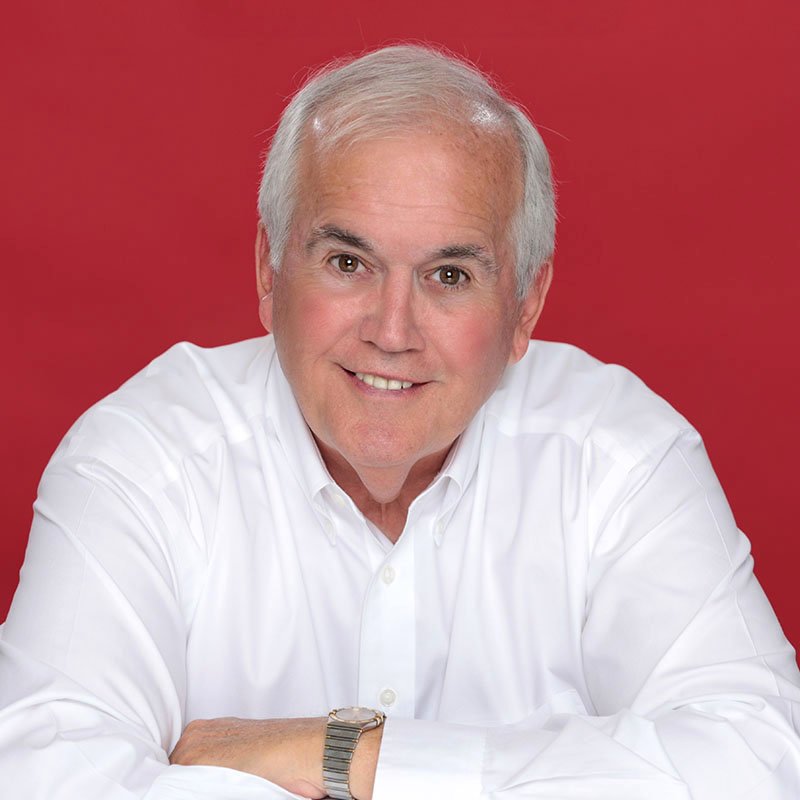Fundraising – It All Begins with Thanks

November 19, 2020
By Roger Pynn, APR, CPRC
We are a giving culture. Nowhere is philanthropy as much a part of the threads of life as in the United States. Hence, all of us are asked these days to help some worthy cause. Usually, the request is for financial support, but often it can be for a gift of time and talent. Particularly in this year of tragedy and uncertainty, charitable giving has become even more important.
In this season of giving, as we cope with the stress of a global pandemic and the resulting financial crisis, and as we prepare for Thanksgiving – when many of us will gather in different ways than normal – those of us involved as volunteers, staff or consultants in the nonprofit world ought to remember that it is based on two words … “thank you.” We give thanks for what we have, but also for what we can give, and we thank those who give with us.
People give for many reasons, but in my many years involved with nonprofit organizations seeking the generosity of donors, I have learned that generous people give to those who express their gratitude before even receiving the gift.
Just taking the time to listen to your request is a gift and you need to say “thank you” from the outset. Before you tell them your story, before making an ask … let them know how grateful you are for their time.
And the other key to success is remembering that your job is really to help the donor make a gift that aids them in achieving a dream or objective of their own … not just fulfill yours. People give for many reasons … such as wanting to make an impact, achieve a goal or honor someone important to them.
One of the greatest challenges in the world of philanthropy is to ensure that long-term needs are met, such as funding major capital projects, whether that means classroom buildings, research facilities, creating a specialty medical program or even affordable housing such as the project being undertaken in Orlando by CVS.
The most important element of a successful ask for these major gifts is having a clear message before you dial the phone – whether it is a $1,000 gift you are seeking or a seven figure one worthy of thanking the donor by naming a building in their honor.
Capital Campaigns have become a science and successful fundraising professionals rely on communications professionals to develop the tools they will use to engage prospective donors and pique their interest in giving.
By far the most important, useful and complex of these tools is what’s known in the fundraising world as the Case Statement. This is the who, what, when, where, how and why document that lays out for donors what an organization is trying to achieve, why it is important, who will benefit, what’s in it for those who will be served or benefit and how it may achieve the donors’ dreams.
This article goes into many more detailed steps.
When communicating on behalf of nonprofits, we have been often called upon to develop case statements and to participate in a Feasibility Study, which is intended to test the waters among existing donors and key influencers with an eye toward who they think are prospects, what the awareness level of prospects may be, what they think are reasonable goals and what the likely gift levels among prospects might be. This is traditionally done in face-to-face sessions. However, given the current public health environment and the need to ramp up the development effort, this can be conducted by phone or video conference to a limited but meaningful number of donors who represent different giving levels.
These conversations can also provide a unique opportunity to ask what they think ought to be the organization’s future, what is their biggest dream for the cause and whether they have any lingering questions.
While it is clearly the responsibility of the campaign executive (a president or vice president of a foundation, for instance), we have often been engaged in our role as communicators to help that official develop a Strategic Campaign Plan, which is based on the insight gained from the feasibility study, laying out strategies and tactics to get the campaign team to the goal.
This plan must include gift ranges confirmed by research into both past donors and the potential of those identified through wealth surveying tools. Knowing that will help create a staffing chart and tactical plans for how many prospects will require the time and influence of the organization’s CEO and volunteer leaders, how many can be secured by staff and campaign committee members, how much will be done face-to face, how much by direct mail, etc.
In the end, while the most important tool is the Case Statement, because it is the story to be told, communicators must be an essential partner in any Capital Campaign. In the past, campaigns almost always operated in a “quiet phase” where little, if any, information was released to the public or media until the campaign had achieved significant success … usually defined by having reached the halfway point toward the financial goal. At that point, it was typical to make a major announcement, perhaps hosting a major donor event.
More recently, realizing the likelihood of keeping such an effort secret and the potential for enthusiastic supporters to “go public” for you on social media, nonprofits are more likely to announce the campaign at the outset and then release news of major gifts and milestones along the way.
As I wrote part of this post on National Philanthropy Day, I couldn’t help but think how critical it is that we consider those who give, why they give and what motivates them to keep giving. That makes regular communication even more important.
As you work to develop critically important communication tools, here are three things to keep in mind:
- Clearly identify the need for donations, how gifted money will be used, who it will benefit and how.
- Focus on the people the campaign helps and dig deep to find what makes their story unique.
- Make donors and their giving reasons central to your story … to touch the minds and hearts of others like them … to let others see how they can make a difference, too.





